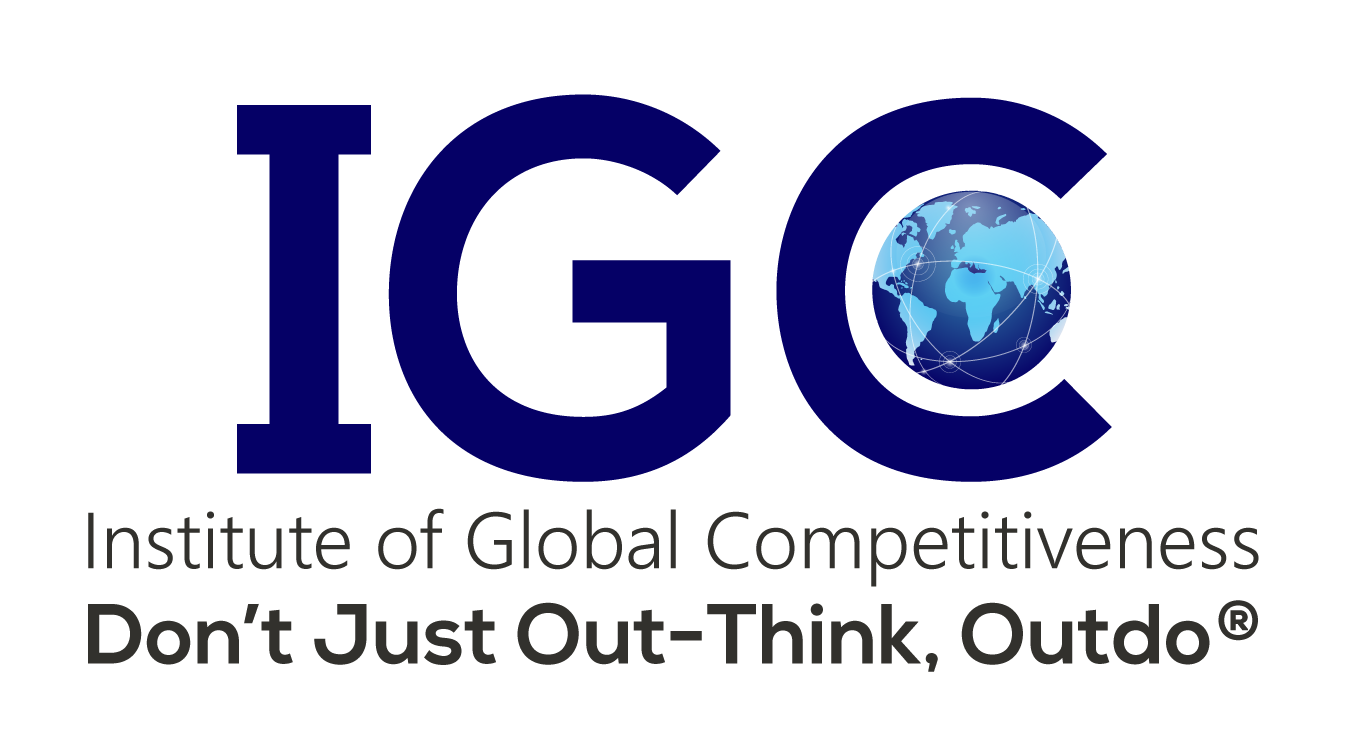


NEW YORK, May 13 (Reuters) - Impatient investors and demanding industry analysts are pushing Corporate America's best-known efficiency program deeper into history.The program, known as Six Sigma, still retains a loyal, if not cult-like following among executives and some of their staff, who earn black belts and green belts as they study its methods.But in an era when a new product is old news in two fiscal quarters, critics of Six Sigma say companies need to move beyond the 20-year-old method in order to compete.
"Six Sigma does not create innovation," said Corporate strategist Jay Desai, who helped implement Six Sigma at conglomerate General Electric Co. (GE.N).
That's not to say Six Sigma will ever go away. Its methods are a virtual religion at GE, where Six Sigma is said to have saved the company billions of dollars over the years.
Dow Chemical Co. (DOW.N), the largest U.S. maker of chemicals, swears by the program. And Heavy equipment maker Caterpillar Inc. (CAT.N) said it reaped $500 million through Six Sigma in 2002.
But the days of investors favoring slow and steady growth are waning. Investors want top-line growth fueled by new products.
"If Lucent applies Six Sigma, they die," Desai said, pointing to Lucent Technologies Inc. (LU.N), one of the world's largest makers of telecommunications equipment that has recovered after ringing up $30 billion in cumulative losses during the technology downturn.
"Six Sigma is not a solution for new products or a break-through strategy," said Desai, who now runs the Institute of Global Competitiveness, a management think-tank.
Lucent agrees. "We've looked at Six Sigma," Lynn Mercer, Lucent's vice president of quality, told Reuters. "It would be an excellent tool set, but it's too narrow a focus and rigid to allow some of the innovation, where some of the creativity occurs." Still, Six Sigma is in place at several of the world's top companies and has led to many profit turnarounds. "We will continue to rely on our Six Sigma culture to ensure we are growing profitably," said Caterpillar Chairman and CEO Jim Owens in a statement. Owens added that "virtually all" company employees are involved with the program and that Caterpillar boasts 2,700 trained Six Sigma black belts. CORPORATE CLEAN UP
The term Six Sigma originated from engineers at telecommunications maker Motorola Inc. (MOT.N), who in 1984 found that the average U.S. company recorded 66,800 errors per million opportunities in any process. "Three sigma" is an old statistical term referring to the point where a process needs correction.
Thus, Six Sigma was coined to mark an unprecedented efficiency standard: 3.4 errors per million opportunities. The term ultimately took on a larger meaning. It became a data-driven methodology aimed at reducing waste, improving efficiency, and saving money. It's subscribers say the program translates into quality products, and customer satisfaction. Joan Abraham, a manager for Six Sigma Academy said despite its critics, the program is more popular than ever. Six Sigma Academy, a Scottsdale, Arizona training organization, has taught 10,000 people in 20 countries and 6 continents in the methods of Six Sigma, according to its Web site.
"What we've seen is an expansion to mid-size companies, small companies and even private companies," said Abraham. Six Sigma won't go away and indeed its followers have seen positive results, said Larry Keeley, president of Doblin Inc., an innovation strategy firm.
But just implementing the program isn't enough anymore.
For example, International Business Machines Corp. (IBM.N) used Six Sigma to improve efficiency while its competitors gained ground with new products.
It's this focus on the bottom line that hinders Six Sigma disciples, said Michael Hammer, founder of Hammer and Co., a management education firm. "Six Sigma will get you to parity, but not ahead of your competition," Hammer said. "It's for fixing problems, not for innovation.
Document LBA0000020040513e05d003ep